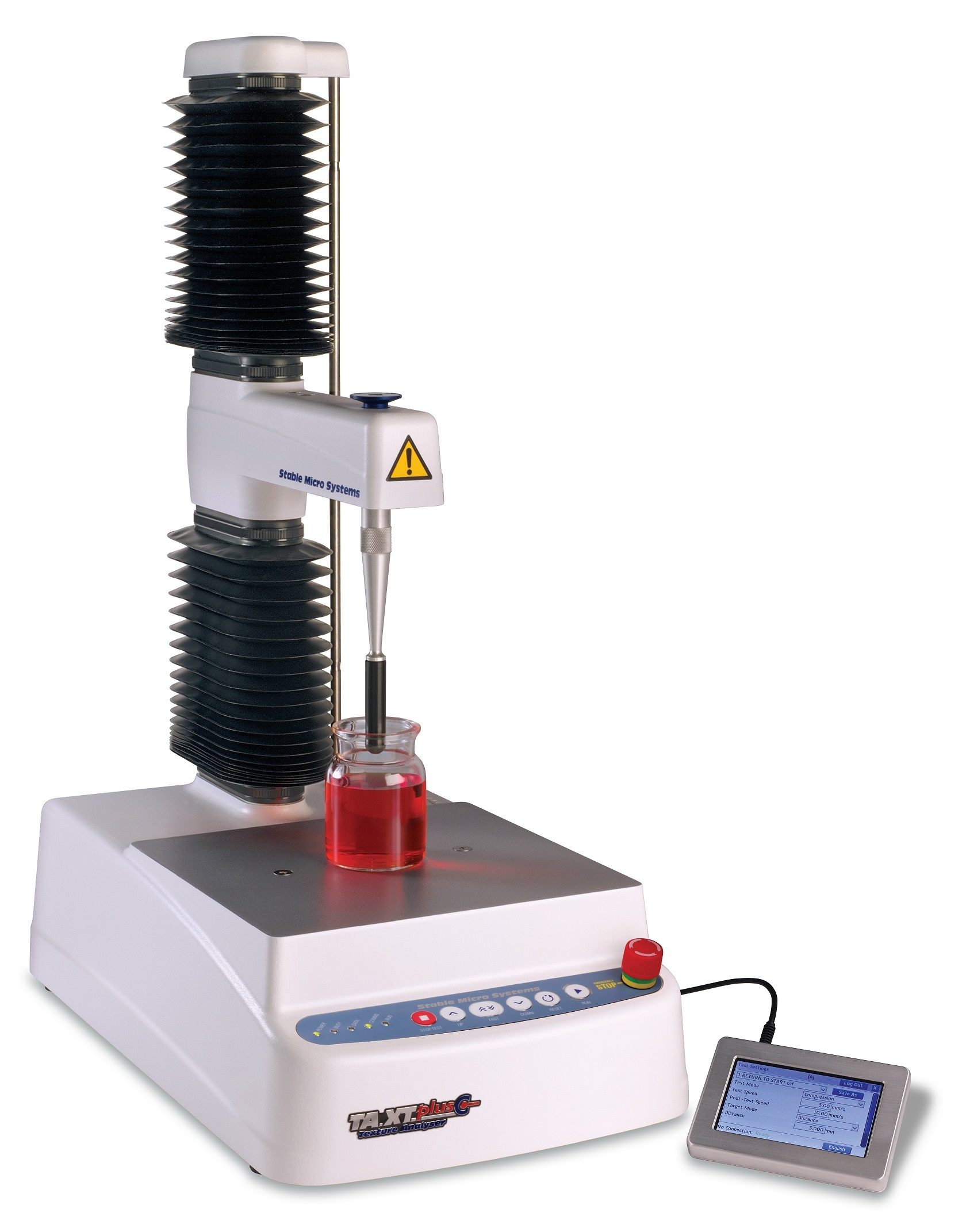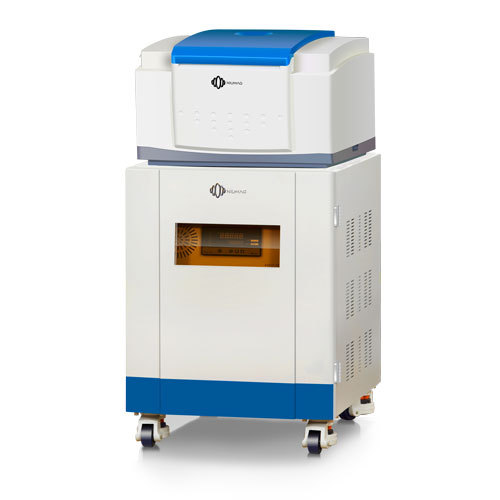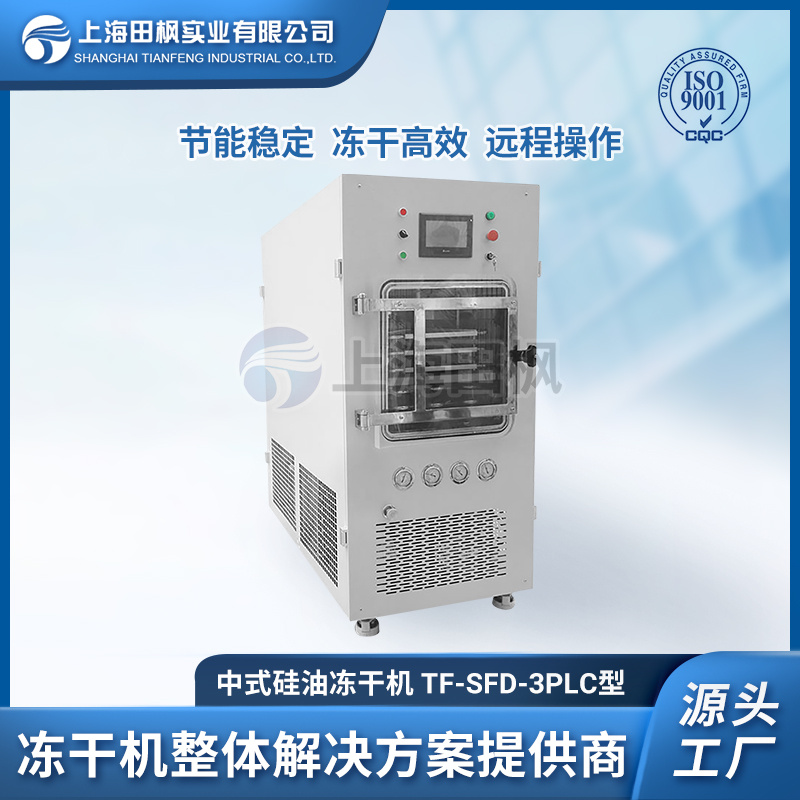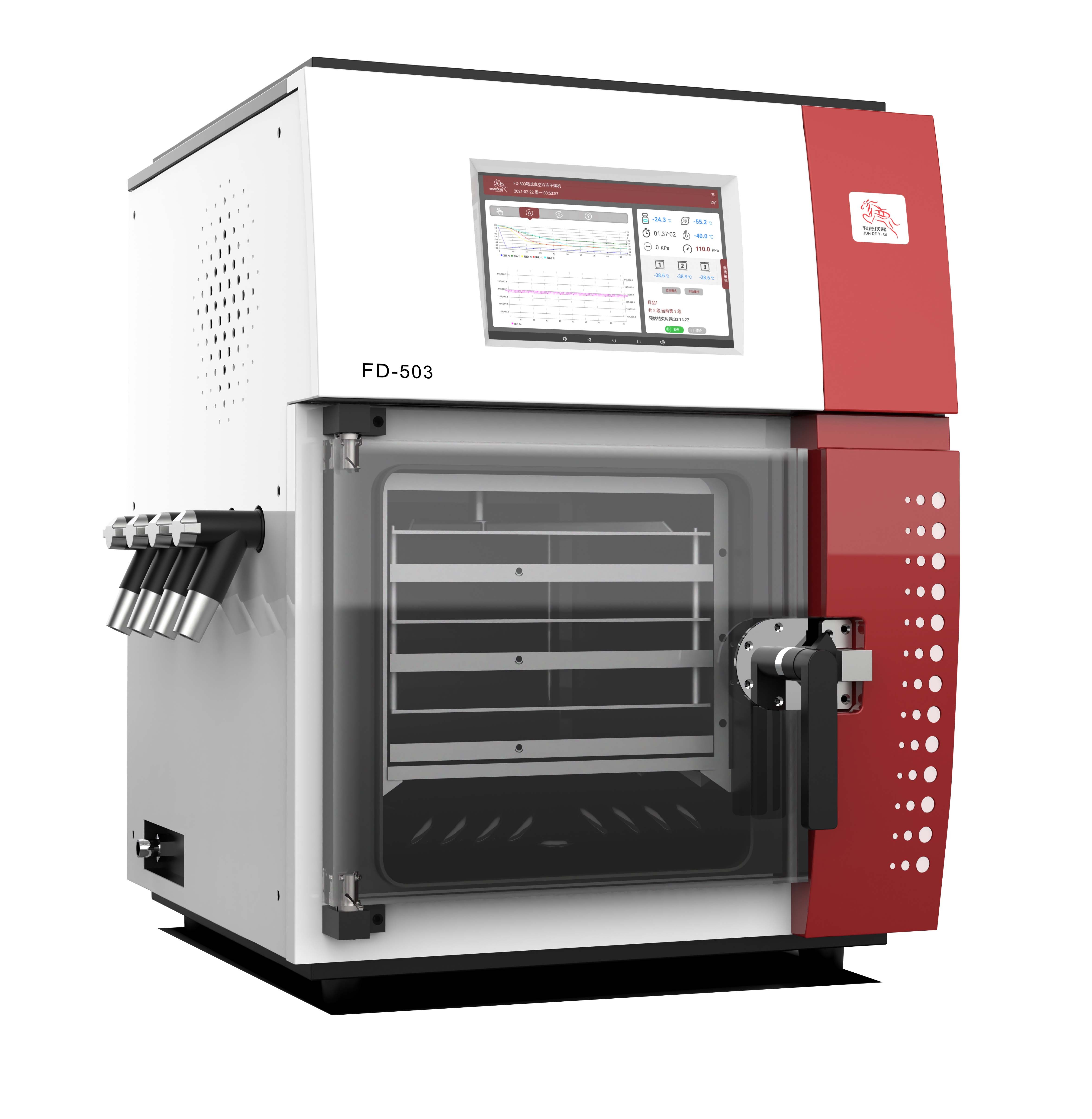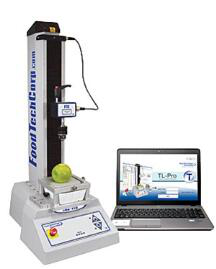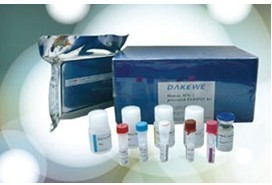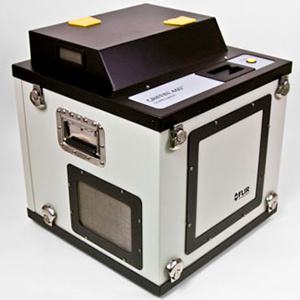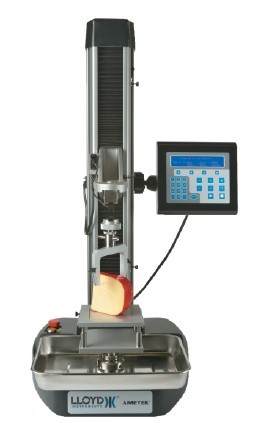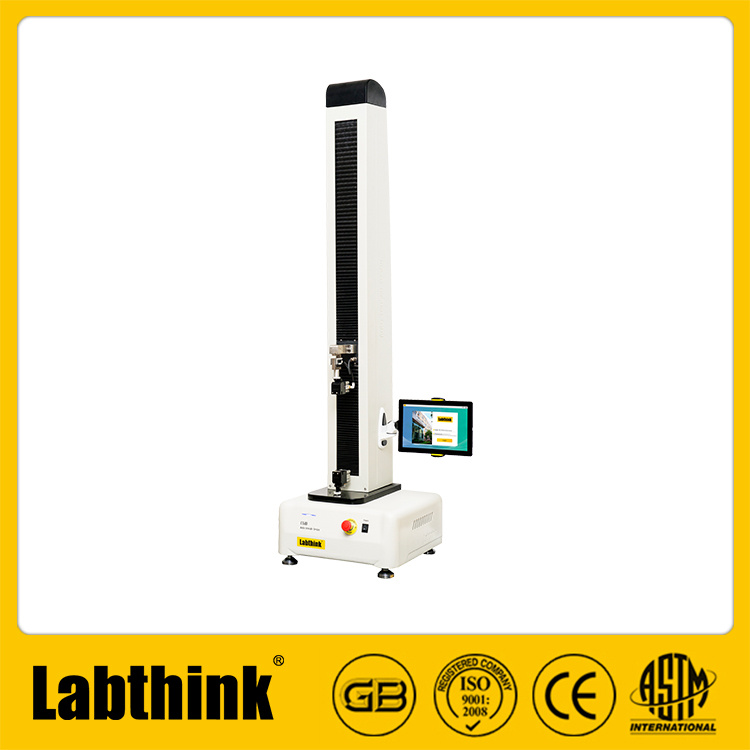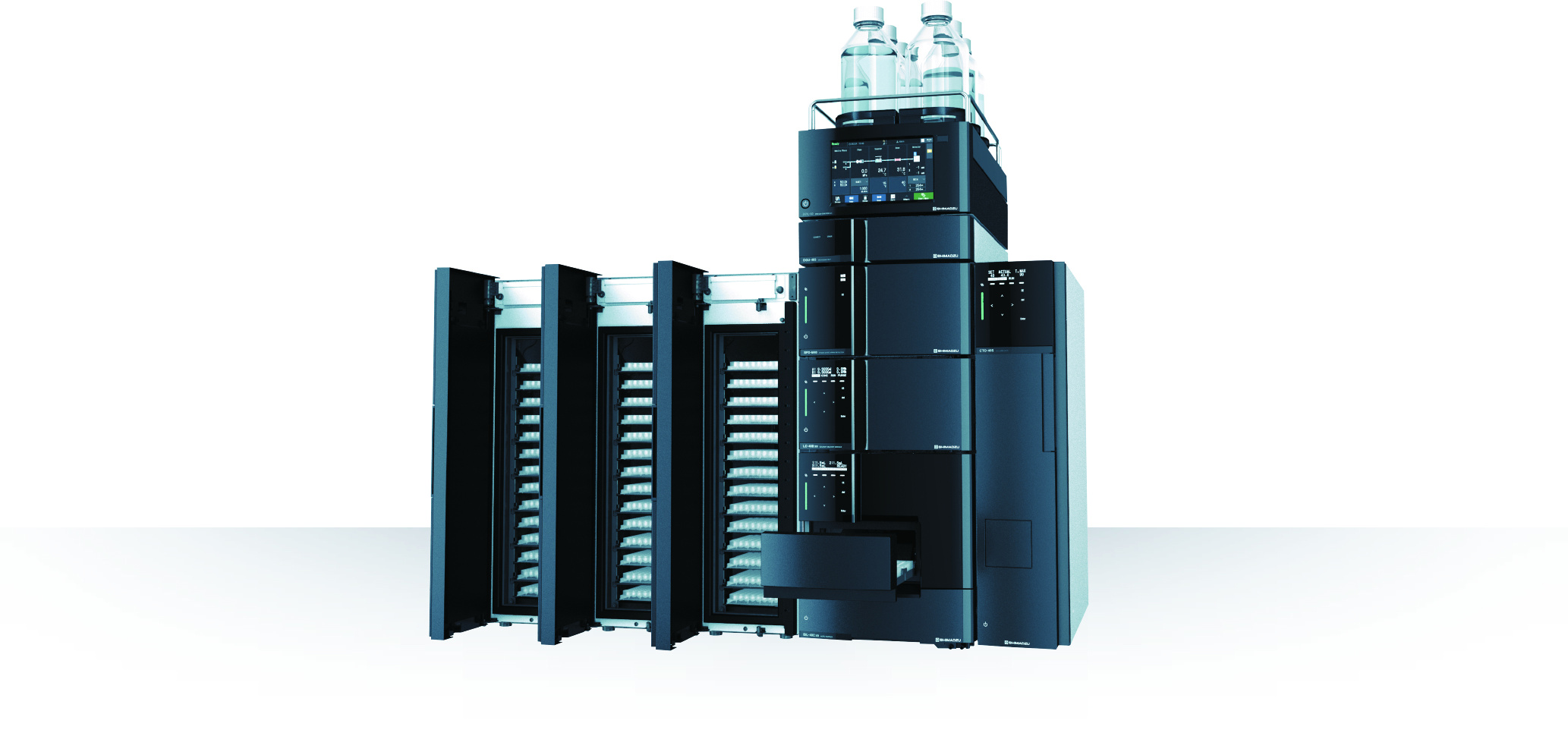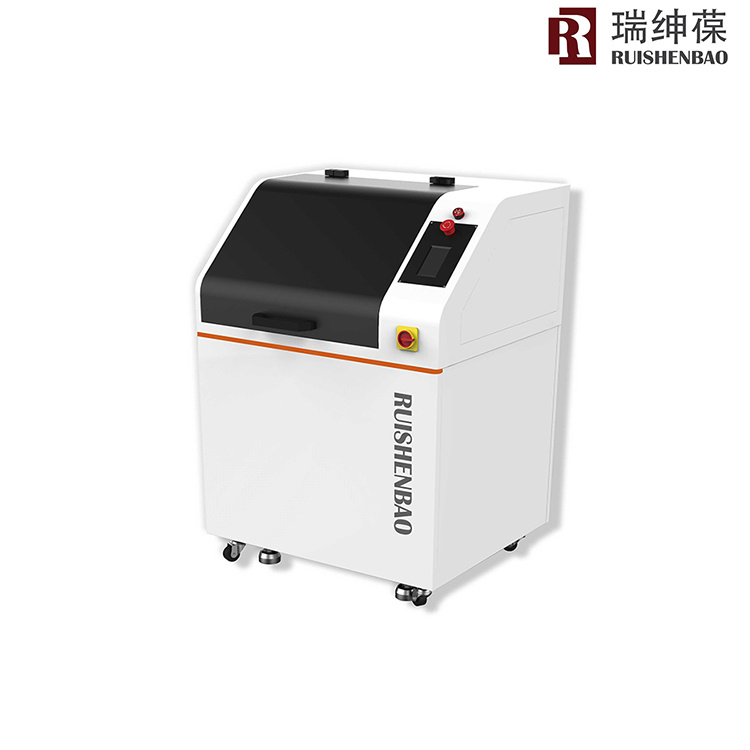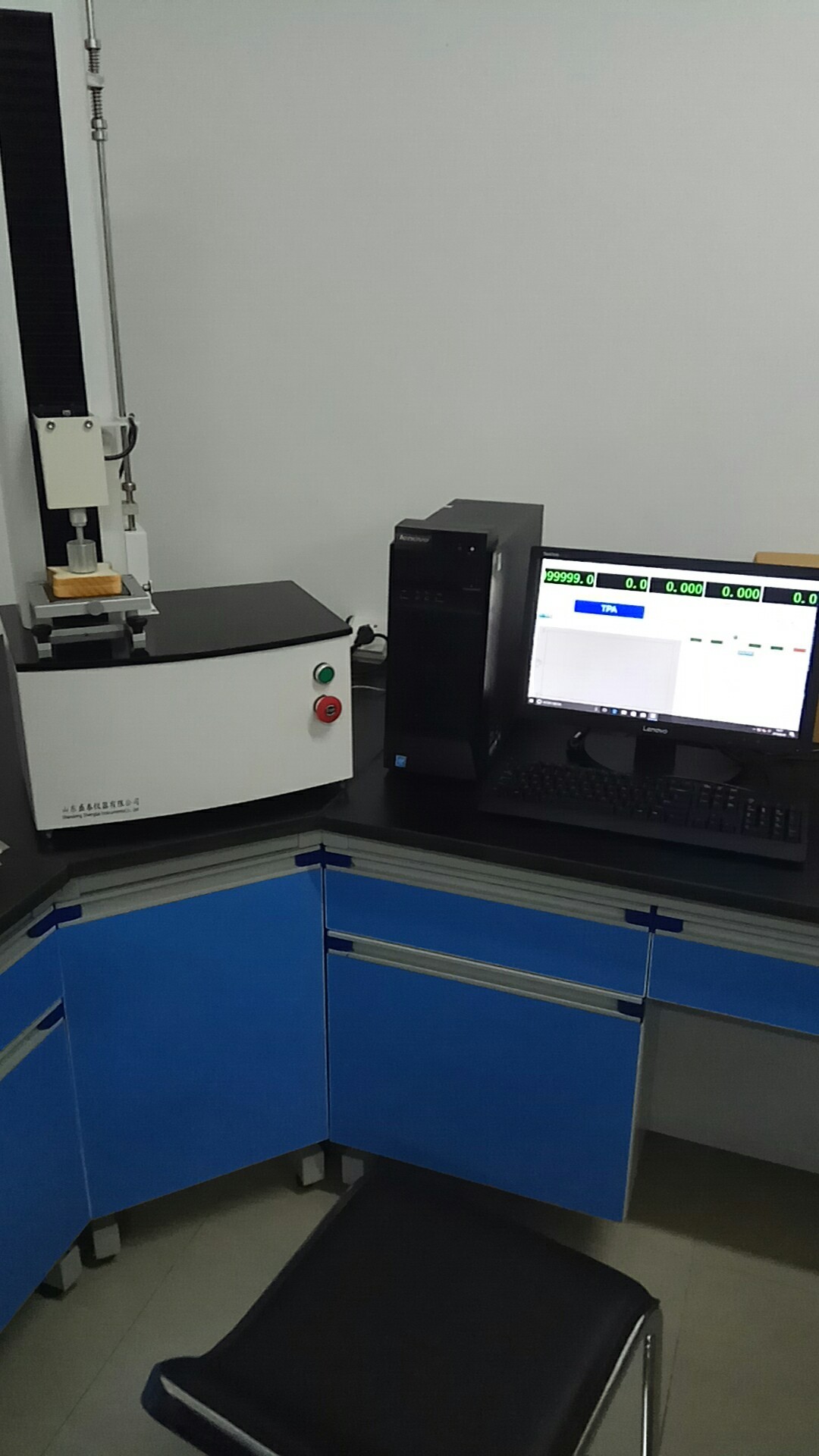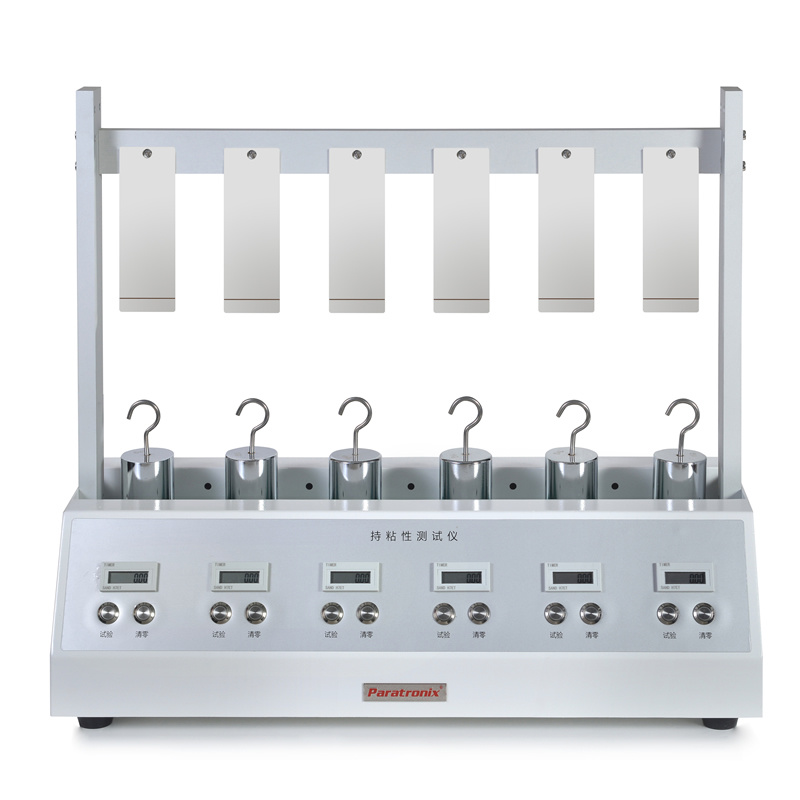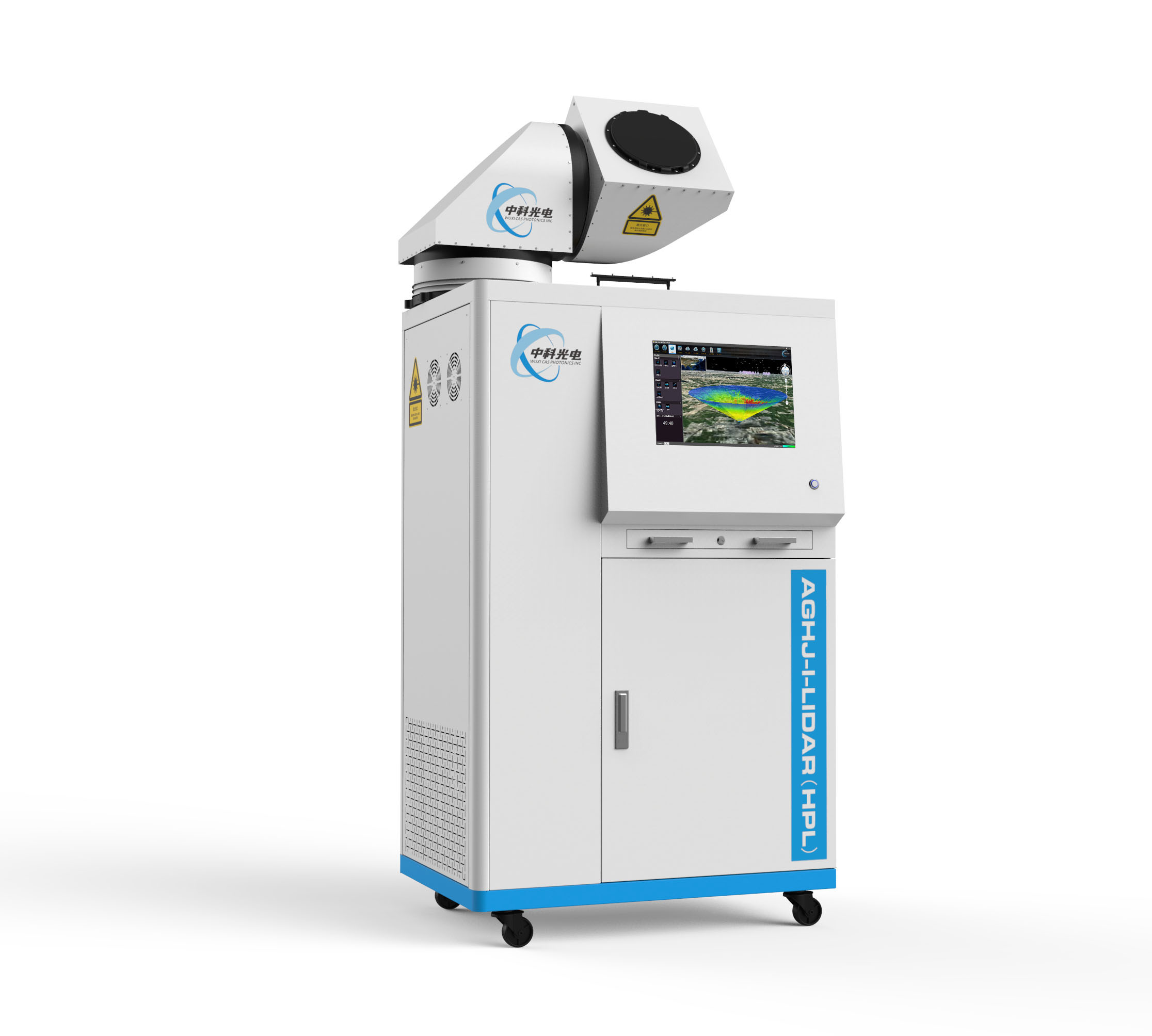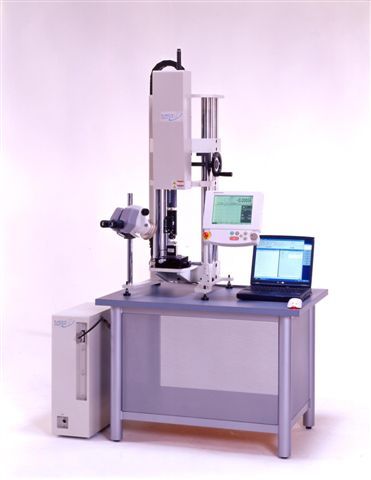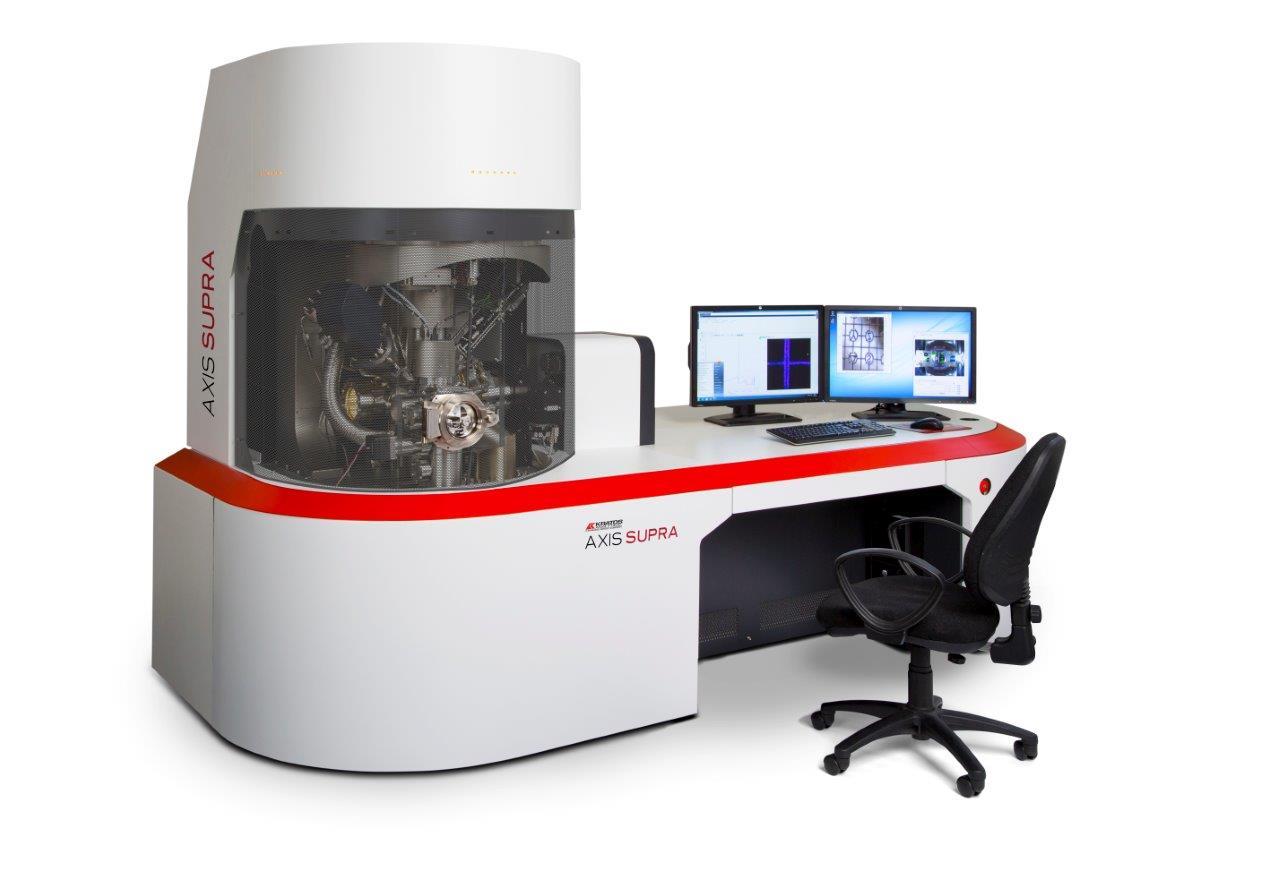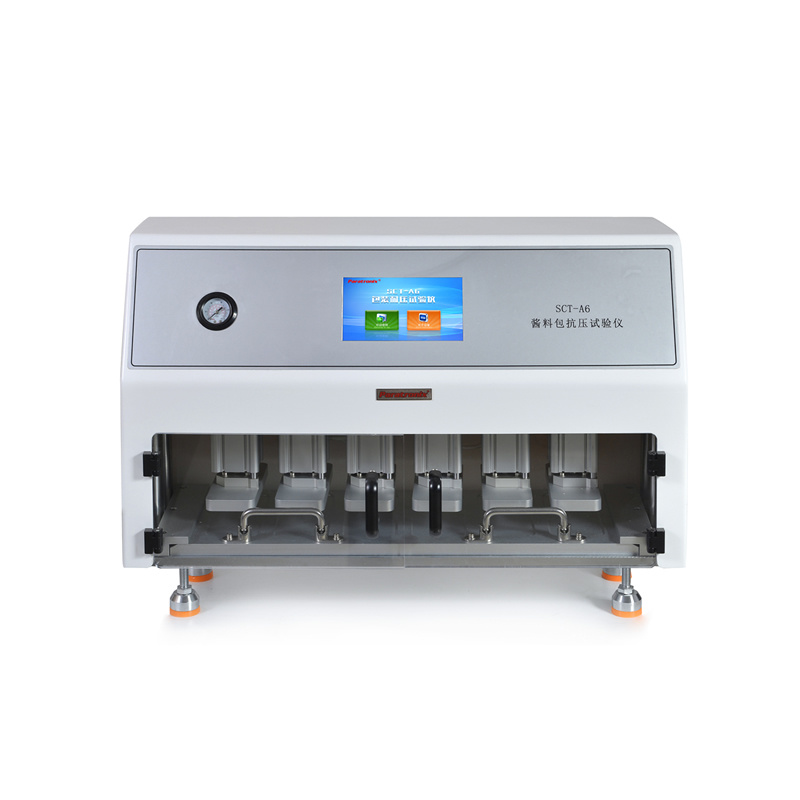在充分发展的湍动槽流中采用层析粒子成像测速技术来测量耗散元素
A new method to describe small scale statistical information from passive scalar fields has beenproposed by Wang and Peters (2006). They used direct numerical simulations (DNS) of homogeneous shearflow to introduce the innovative concept. This novel method determines the local minimum and maximumpoints of a fluctuating scalar field via gradient trajectories starting from every grid point in the direction ofthe steepest ascending and descending scalar gradients. Relying on gradient trajectories, a dissipation elementis defined as the region of all the grid points the trajectories of which share the same pair of maximumand minimum points. The procedure has also been successfully applied to various DNS fields of homogeneousshear turbulence using the three velocity components and the kinetic energy as scalar fields. To validatestatistical properties of these elements derived from DNS (Wang and Peters 2006, 2008), dissipation elementsare for the first time determined based on experimental data of a fully developed turbulent channelflow. The dissipation elements are deduced from the gradients of the instantaneous fluctuation of the threevelocity components u5, v5, and w5 and the instantaneous kinetic energy k5, respectively. The required 3D velocitydata is obtained investigating a 17.82 × 17.82 × 2.7 mm3 (0.356 × 0.356 × 0.054 ) test volumeusing tomographic particle-image velocimetry (Tomo-PIV). The measurements are conducted at a Reynoldsnumber of 1.7× 104 based on the channel half-height and the bulk velocity U. Detection and analysis ofdissipation elements from the experimental velocity data are presented. The statistical results are comparedto the DNS data from Wang and Peters (2006, 2008).

